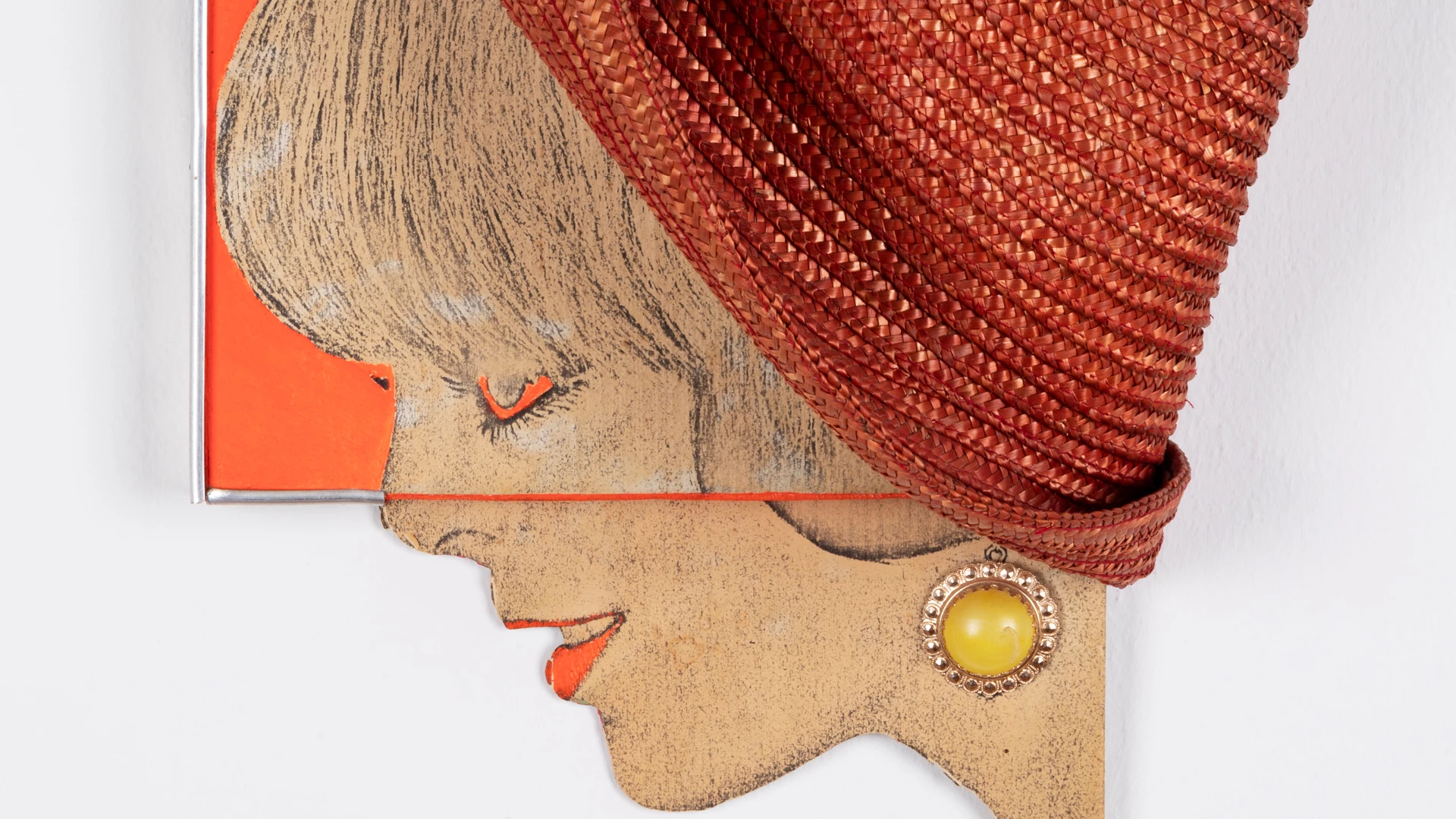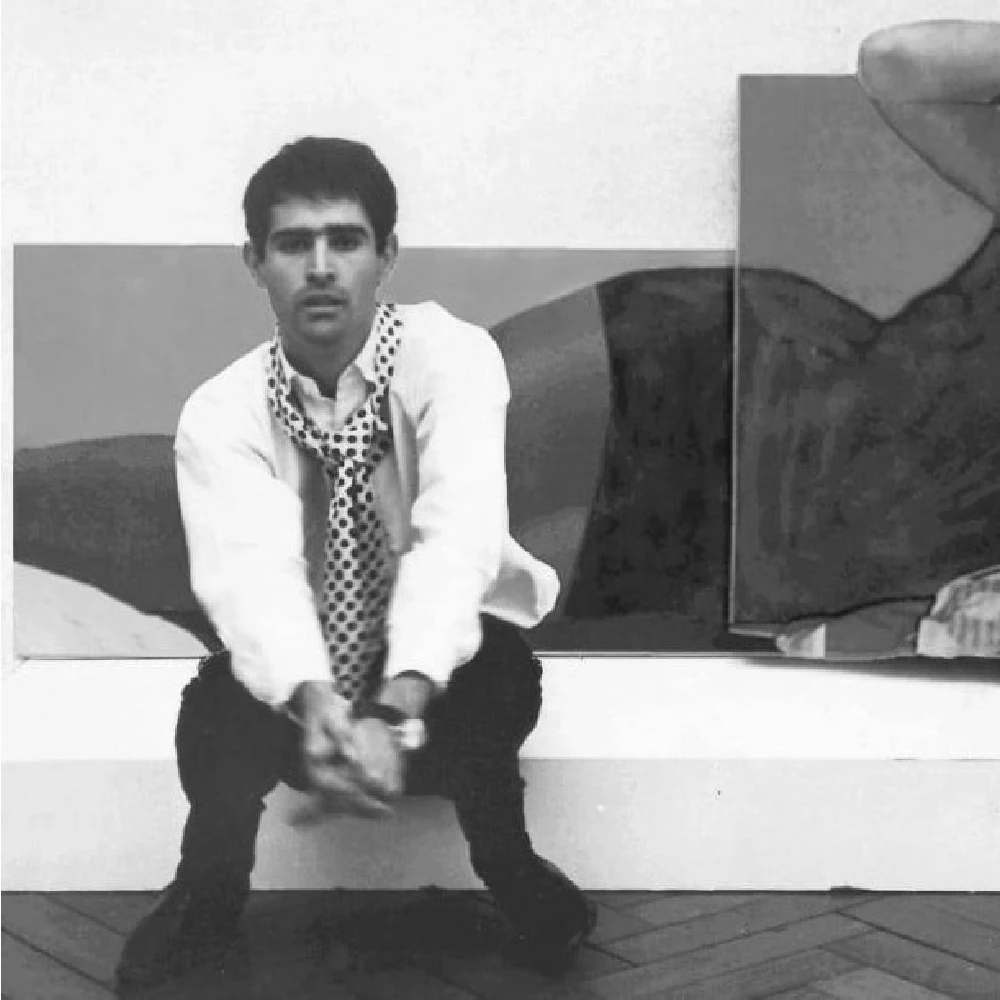The son of craftsmen potters of Vallauris, Martial Raysse is born in the Golfe-Juan (Alpes-Maritimes, France) in 1936. He begins painting and writing poems at the age of 12 years. At first, he is student in Khâgne in the Massena Highschool in Nice. In the late '50s, the young man is very close to the artists who work on the Riviera, including Yves Klein and Arman, they introduce him to Pierre Restany.
In 1960, after their participation at the first Paris Biennial, Martial Raysse, invited by Yves Klein and Arman, joins the group of New realistic, he is one of the founding members (Jacques Villeglé, Yves Klein, Arman, Tinguely, Hains, Dufrene, Spoerri); this movement enacts "new perceptual reality approaches". Raysse participates in all exhibitions of this movement, but also, over time, in many other collective exhibitions (Alexander Iolas Gallery in New York in 1962, in the Dylaby Exhibition in Amsterdam, Venice Biennial in 1966 and 1967, Documenta in Cassel in 1976 etc.).
In his first period of creation, Raysse is clearly related to the accumulation process performed by Arman, forming accumulative sculptures by assemblages of everyday plastics objects in different colors. If Raysse continues this production during several years, he creates, in 1961, a series of works he calls his "horrible pictures" composed of leading figures from the advertising imagery painted in acid colors. Raysse is a pioneer in the use of neon, using it, as he is concerned, as part of extra element to "project the idea of color in motion, that is to say, a movement of sensibility, without agitation".
Martial Raysse designs - with J. Tinguely and Niki de St Phalle - sets and costumes for ballets by Roland Petit ( "The Praise of Folly" in 1965 in Paris, "Lost Paradise" in 1967 in London), for the opera ("Your Faust" by Henri Pousseur and Michel Butor at La Scala in Milan in 1969). Raysse Similarly, using the video "to tell," directed several short films (“Homero Presto", " Extra-soft Martial Camenbert", "Grand Departure"). In reality, Raysse is clearly, among artists of the New Realism, the closest of Pop Art.
From 1965, the Stedelijk Museum in Amsterdam devotes to him a retrospective exhibition. From 1968's and from his "events", the artist performs an aesthetic revolution and breaks sharply with the usual circuit of galleries, renouncing the previously known forms of his work.
Realized between 1970 and 1973, the objects of "Coco Mato", rudimentary assemblies of strings, feathers and papier-mâché, brings him back to the painting (pencil, charcoal, gouache, pastel), leaving the spray paint of his previous period. Raysse continues then a personal learning quest for simplicity. He works in successive cycles ("Spelunca," "Little House", "The Gardens of the edge of the moon"); Raysse deepens an approach, a long apprenticeship in which the artist acquires the right to confront the major subjects, allegories and portraits. "Art seems decidedly paltry and still needed" he says. Raysse lives and works in Issigeac (Dordogne, France).

